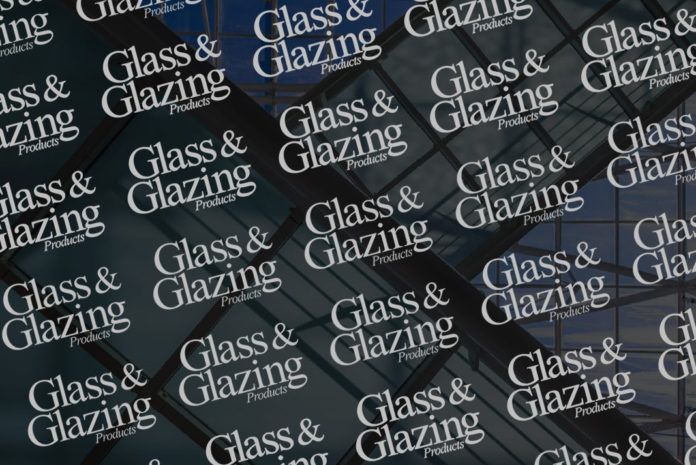
Fire regulations need to be overhauled if the UK is to save some of the £3.5billion fire damage costs British businesses every year, according to a new report published by Pilkington United Kingdom.
The report, which looks at the latest developments in fire-resistant glazing and its role in creating a built environment that effectively protects people and property, raises questions specifically relating to Approved Document B (AD B).
It asks if the document, which details the fire-safety requirements of UK building regulations, is up-to-date in terms of protecting not just occupants of buildings but also their structure and contents.
Speaking in ‘The burning issue: is fire-resistant glazing up to the challenge?’ Steve Rice, director of technical affairs at the Glass and Glazing Federation, says: “Those in the world of fire safety have a lot of respect for the regulatory guidance in Approved Document B (AD B).
“The number of recorded fires has fallen, but the average losses per fire have risen and evidence indicates that as a result there has been little significant reduction in the overall cost to the economy.
“There is now recognition of the need for improvement in AD B. That is, to bring it more in step with current practice in building design, construction and product supply.”
For Tim Kempster, managing director of specialist installer Wrightstyle, businesses need to go beyond regulation. “Compliance with fire regulations, while vital, is not sufficient. They deal only with protecting human safety and, while this is by far the most important concern, it is not the only one,” he said.
“Even in the best-case scenario, any fire will be disruptive. Often it can shut down a business, perhaps permanently, or destroy information vital to continued operations. A robust fire risk assessment should therefore be about more than the practicalities of regulatory compliance.
“Businesses must look beyond the letter of the regulations to consider all possible hazards facing a building’s occupants, structure, resources and continuity of operations.”
Steve Bond, customer support manager for fire protection at Pilkington, added: “As architects look to maximise the light and sense of space inside buildings, the use of glass, both inside and out, has increased to the point where it is one of the most ubiquitous materials in the modern built environment.
“A result of this is that the ability of glass to provide protection against the spread of fire has become increasingly important.
“It is clear that fire regulations are a hot topic for those working across the built environment and with fire-resistant glazing having such an important role to play, the industry will be paying close attention to future developments in this area.”
A full copy of the report is available to download: http://www.pilkington.com/~/media/Pilkington/Site%20Content/UK/News%20Insights/Pilkington-Whitepaper-Glazing-2016-Design.ashx



